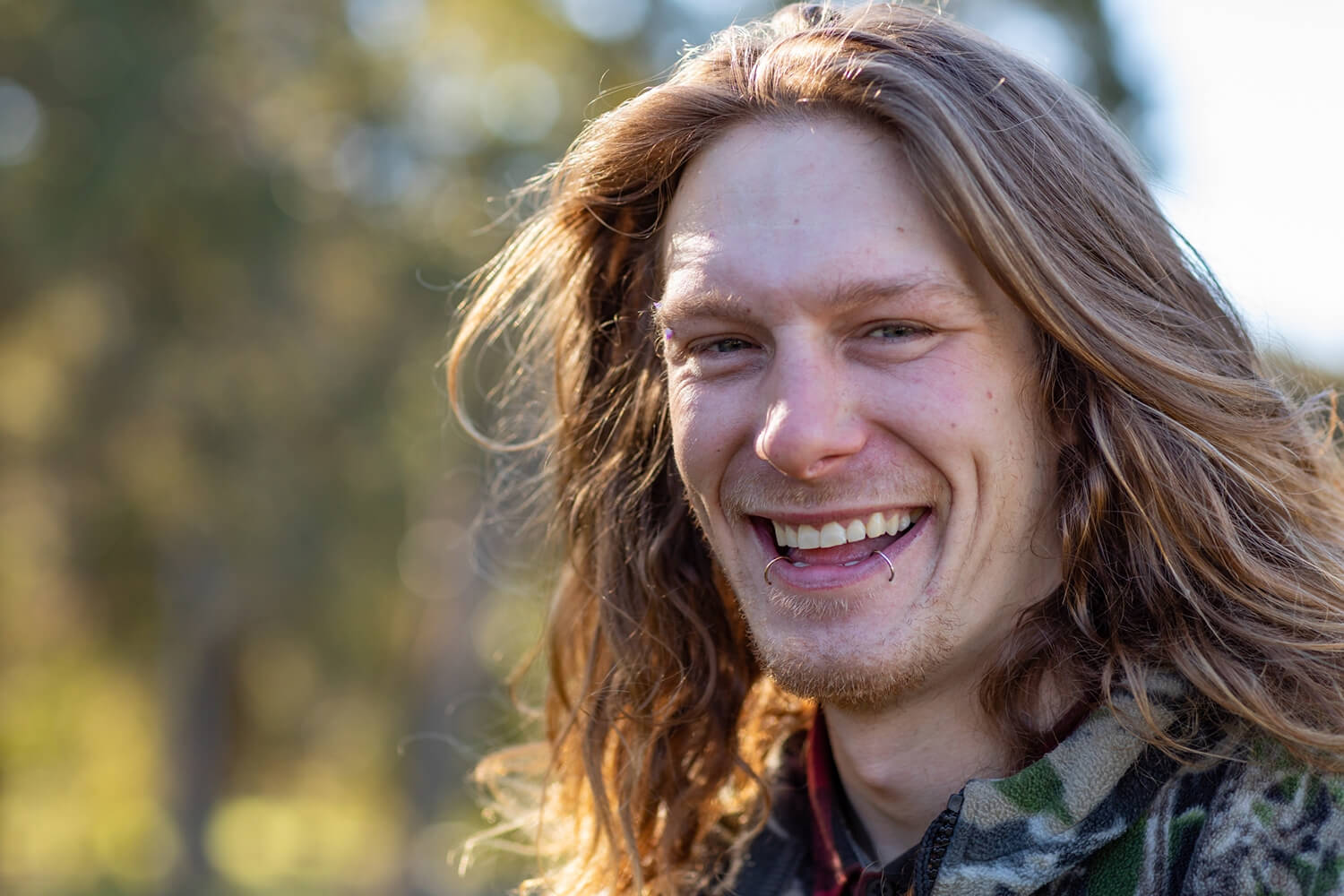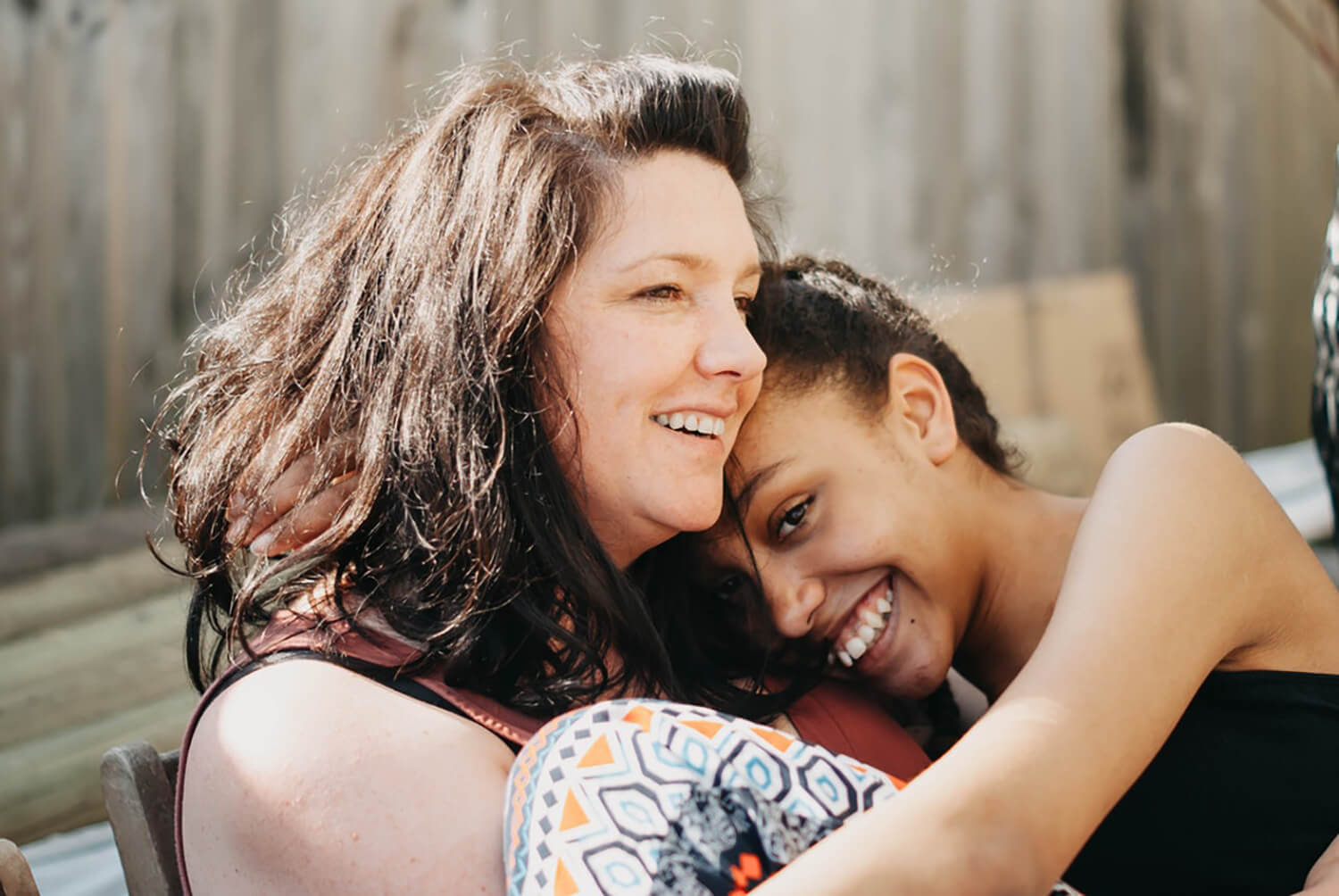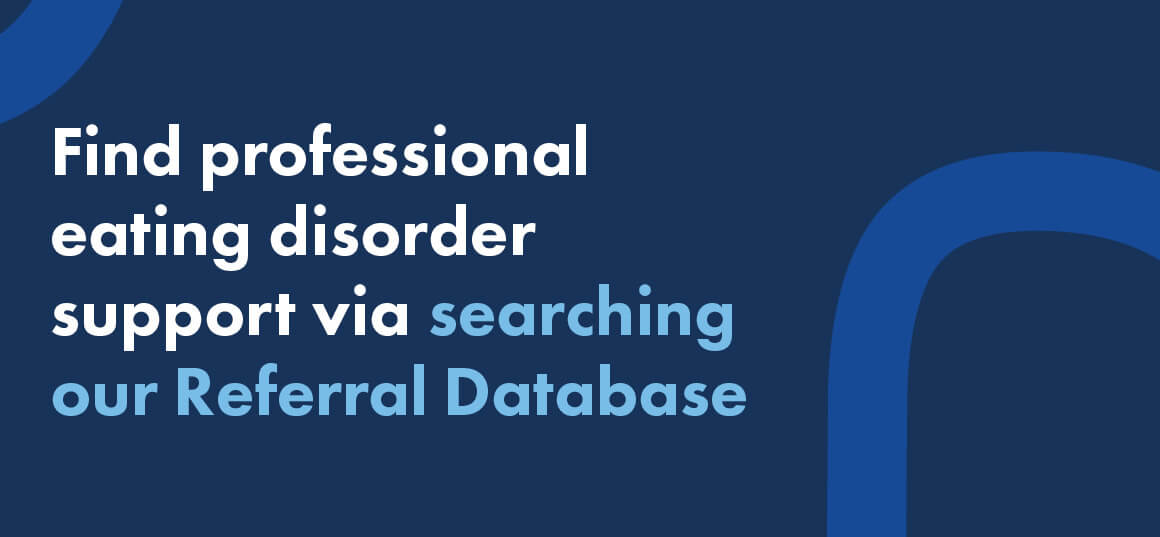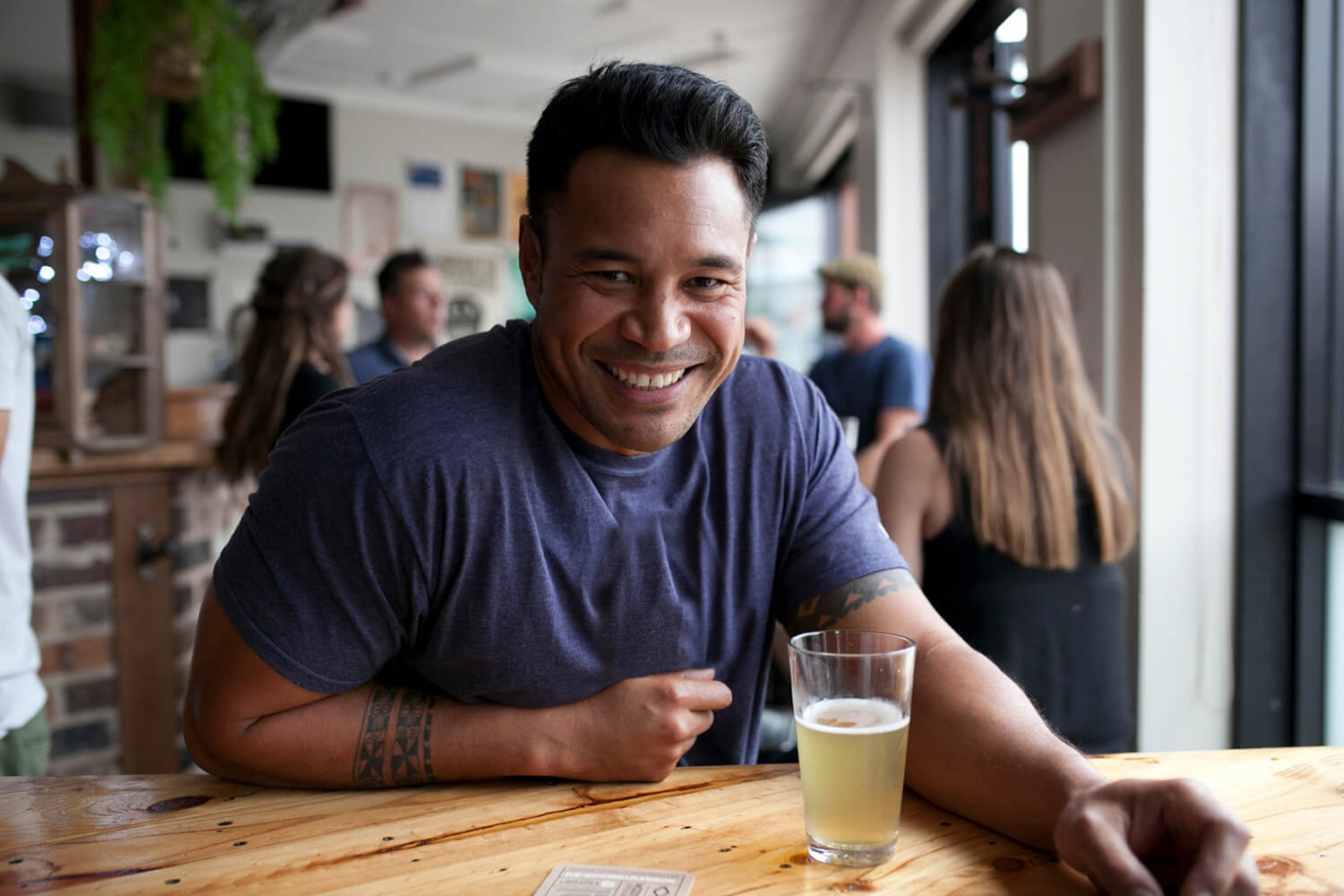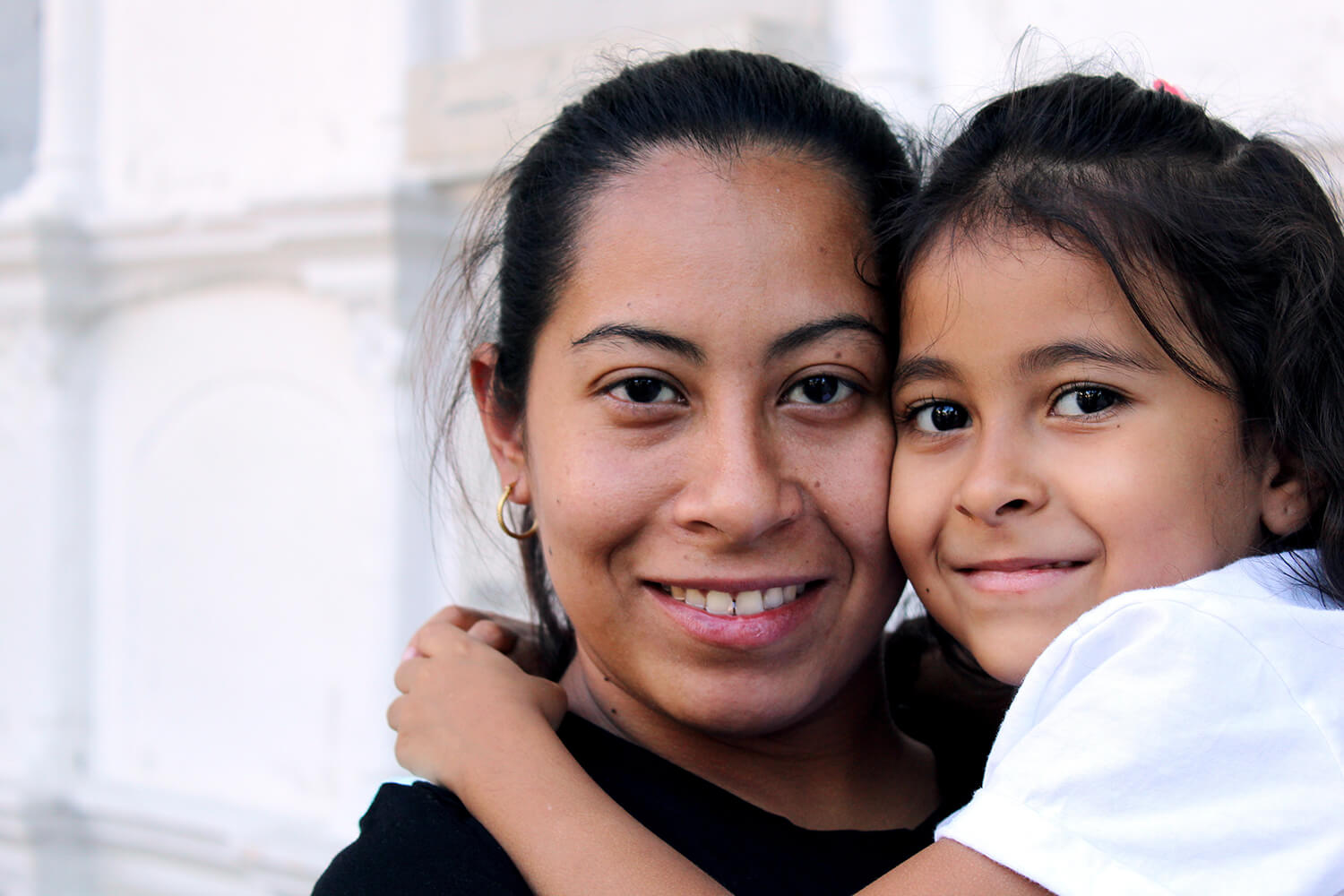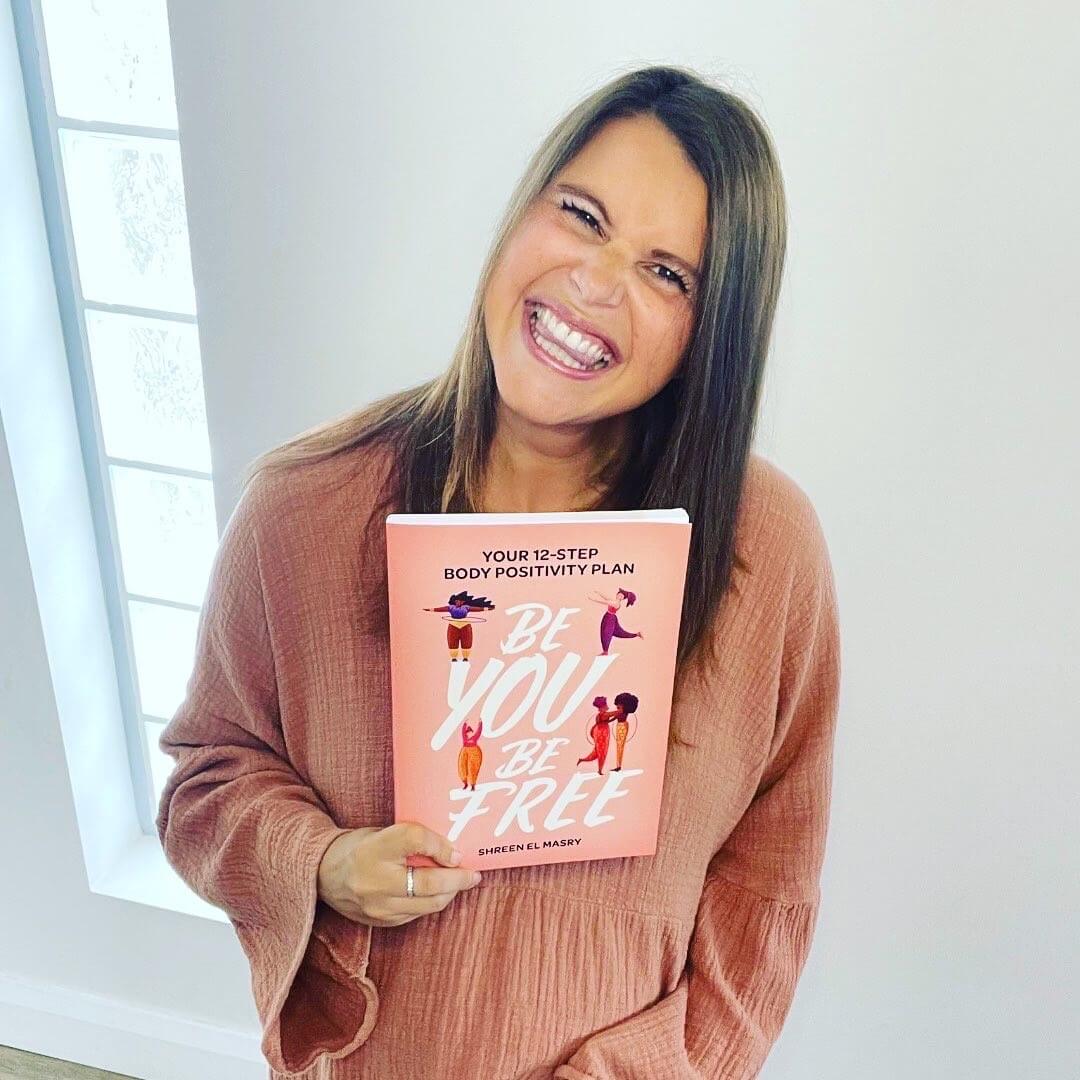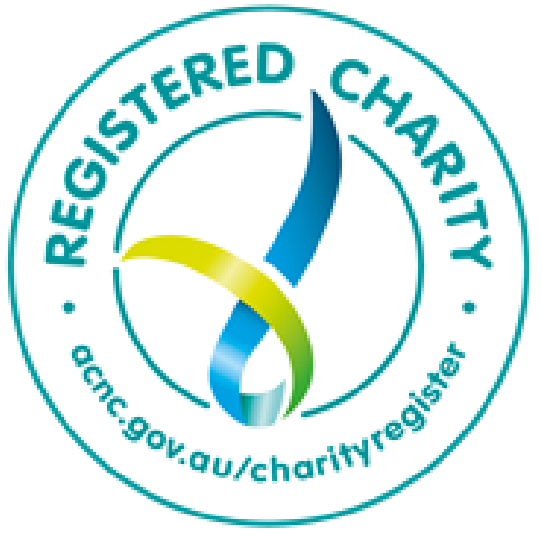Body Dysmorphia, Reflected
Unfortunately, in today’s society, it is not uncommon to become infatuated with body image. In the media, people who attain a certain image are praised and on the covers of magazines or modelling designer branded clothing.
But maliciously, those who don’t fit into this narrow category are marginalised or miss out on opportunities. From a young age, we’re indiscreetly taught what the acceptable standards in society are, and that if we don’t match them, ‘we’ don’t belong, and we should change our appearance.
However, this is far from the truth. Society and the media are curating messages of harm and causing affliction in vulnerable people. These messages need to change. They are causing more harm than good for many people.
What is Body Dysmorphic Disorder?
Body Dysmorphic Disorder (BDD) is a mental illness characterised by constant worrying over a perceived or slight defect in appearance. It’s not a by-product of someone who is extremely vain. Like an eating disorder, BDD is an illness that has debilitating effects on an individual.
My experience with Body Dysmorphia was significantly unpleasant. Although, everyone’s experience is different. I’m going to talk a bit about how it was for me, how it differs from others and the techniques and strategies I used to overcome it.
It’s actually hard to find a starting point to write about “this” because I feel I had an incredibly long journey with BDD. But, I know that this is important to me and the right words will fall out.
My experience of BDD was comorbid to my diagnosis of Anorexia Nervosa (AN) which I was diagnosed with at 13, but I was only diagnosed with Body Dysmorphia roughly 3 years later.
Those who have an eating disorder are often told by psychologists, psychiatrists, counsellors, supportive family or friends, that ‘the voices in your head are lying to you… you need to do the opposite of what they are saying’ and that couldn’t be more true for those that have BDD.
So, I’ll start here. I had been in recovery from my eating disorder for close to 3 years, with nearing what I felt like was a full recovery. I was playing representative (reps) basketball and physically “feeling’’ really healthy. I felt that my body was capable of so much and that it could perform when I wanted it to.
This changed at one basketball training session where I injured myself. I had torn a ligament in my ankle. As a result, I had to sit on the sidelines and watch my teammates play. This hurt, not only physically, but mentally because I had just had three years out of playing reps due to my eating disorder. I already knew how frustrating it was to sit on the sideline and not be involved in actually playing the game. I was that eager to play.
The injury was a blessing in disguise. Notice how I said I felt better physically above? I wasn’t over the mental battle of my eating disorder. Without having the physical outlet, I focused more intensely on my body and my eating disorder voice came back stronger. I was in the midst of a relapse. However it was different from the first time – it wasn’t that I had relapsed with Anorexia Nervosa, but instead more so Body Dysmorphia and Anxiety. Despite this, I once again received treatment for Anorexia.
During my treatment, I was being weighed weekly, and looking back, I don’t think it was a positive experience because then I associated BDD with my weight.
It sounds strange, I’ll explain. I was borderline healthy, aiming to get to a healthy weight, but all I saw staring back at me was not what I looked like at the time – I saw myself through a distorted lens, which I couldn’t differentiate between the eyes of Body Dysmorphia and my own eyes.
As a result my BDD inflicted that I saw myself as abnormal. My body was abnormal, the size I was in clothes became abnormal, even though I was a regular clothing size. My reality was possessed by irrational thoughts. I thought that because I had changed, I was unrecognisable and that I wasn’t even attached to the name Carisa anymore. I was a different person, yes, but I was still me.
The truth is I was recognisable, just not to myself. BDD changed the way I perceived myself as a person, in terms of more than just appearance. It manifested in the quality I thought I was. I thought I was less worthy because of the way I looked. I thought everyone would notice that something was wrong with me, because to me my flaws were magnified.
I began getting compliments about my appearance and thought that if this gratification didn’t continue, I wasn’t perfect and needed to change. I thought that people that did compliment me, were just being nice because I was open about experiencing BDD and I informed them what it was like to live with it.
Confiding in friends at high school gave me hope. They knew who I was and that I didn’t see myself the same way they saw me. I was open because I was tired of keeping this disorder isolated and caged. In year eleven I decided to write about my lived experience with Body Dysmorphia in English for ‘the human experiences’ topic, because it was something I knew well, and it was a different topic to what my peers were writing about.
I was grateful to even just inform our English faculty about the disorder. It was my story, raw and authentic on a page. It was liberating and cathartic. I am so thankful my voice was powerful enough to speak out. Now, I’m proud of myself because, what I’ve written here, might just reach someone who needs to feel validated.
At the height of my BDD, the term ‘body goals’ was mentioned everywhere, and it made me realise that others were also affected by society’s ideal body standards. It was also harmful for me because I was struggling with my body image and this term was plastered everywhere. I felt I had to look the same way as those people who epitomised the ‘body goals’ standard – I know I wasn’t alone in that.
I’ve now realised – we weren’t made to look like one another. No two people are the same person. We’re never going to have the same figure as somebody else nor the same traits, characteristics. Our body is as unique and as special as our DNA – and no one is perfect.
Things that helped me recover from BDD specifically
- Therapy – cognitive behavioural therapy (CBT), dialectic behavioural therapy (DBT) and exposure therapy. Not to mention, discussing my thoughts with psychologists
- Limiting time looking in the mirror (because I was someone who used the mirror to reassurance when I wasn’t ready.)
- Medication- which shouldn’t be seen as shameful. It assists my mood and changes my brain chemistry to deal with anxious thinking in a useful way.
- Distracting myself eg. yoga, meditation,guitar, basketball (post injuries of course)
- Focusing on small things in each day that went well
- Journaling (writing down exactly what was on my mind on paper) sometimes I even – ripped paper up to deal with the anger I felt towards myself and body
- Focusing on all I could do with my body. This changed the idea of it looking a certain way to developing a love that my body is capable of many powerful things.
I also want to note that Body Dysmorphia doesn’t just manifest itself in someone that is experiencing or has experienced an eating disorder. There are many different forms and effects that play out on each individual. Anyone can be preoccupied with their appearance to a point where they have an unhealthy or irrational mindset.
BDD is a mental health condition – which is worthy of treatment. I hope I have inspired someone to reach out for help, no matter what they’re going through. It needs to be spoken about more, so those that have it don’t feel alone. It’s not vanity, it’s a disorder. The more we acknowledge that people are experiencing Body Dysmorphia, less stigma and taboo will be around it, and the more that people get the help they deserve.
Thank you for reading,
Carisa
About Carisa
Carisa is currently studying in the Mental Health field. After her own experiences with mental ill-health she envisages a future where she dedicates her time helping those with similar or different mental health experiences to what she had. She is also writing an auto-biography which she has dreams to publish in a few years time. She wants others to know that it’s not impossible to recover from mental illnesses but it can take some time. She says ‘With the right support, you will realise how capable and worthy you are, and that mental illnesses don’t have to rule your life.’
Get Support
Butterfly National Helpline
1800 33 4673, via webchat or email support@butterfly.org.au
7 days a week 8am-midnight AEST.
Centre for Clinical Interventions
Building Body Acceptance Free Workbook
An online, seven module workbook designed to provide you with some information about body dysmorphic disorder – how it develops, how it is maintained and how to address this problem. It is organised into modules that are designed to be worked through in sequence. Each module contains information, worksheets, and suggested exercises or activities.




